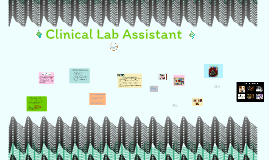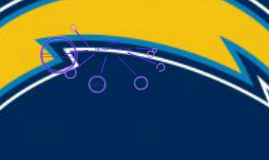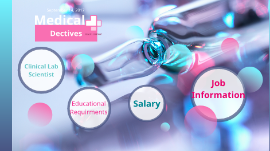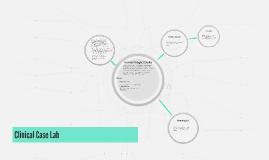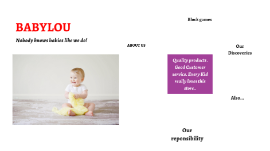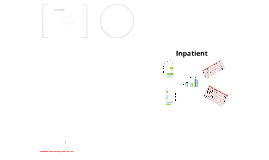Clinical Lab Scientist
Transcript: Medical September 14, 2017 Dectives Clinical Lab Scientist Presented By Fernanda Porras Clinical Lab Scientist Clinical Lab Scientist Required Skills Clinical Lab Scientist Required Skills 1 Laboratory skills & safety procedures Lab management & Detail Oriented Dexterity & Ability to use technology Physical Stamina 2 3 4 The skills I have on this list to become a Clinical Lab Scientist are, saftey, detail oriented, dexterity, and ability to use technology. Educational Requirments Educational Requirments Degrees and Years of School Degrees and Years of School In order to become a Clinical Lab Scientists you need a bachelor’s degree program in medical laboratory technology. You must also take courses such as, chemistry, biology, microbiology, math, and statistics. The amount of years of school you need to take after high school is less than five years. Good Colleges to Attend Good Colleges to Attend Two good colleges you can attend to here in California for this job are The University of California-Davis, and The Dominican-University-of-California. Other colleges that are not in Califorina, but are in the USA are The University-of-North-Carolina-at-Chapel-Hill, The George-Washington-University, The University-of-Wisconsin-Madison, and The University of Connecticut. Salary Salary Annual salary/hourly rate Annual salary/hourly rate The annual salary a Clinical Lab Sienists makses is $50,930 per year and they make $24.48 an hour. The pay of a Clinical Lab Scientists stays the same. Does it stay the same or does it increase annually? The pay of a Clinical Lab Scientists stays the same. What is the least you could make? Most? Does educati... What is the least you could make? Most? Does education make a difference in salary? The highest pay that you can make in this position is $85,160 and the lowest you can make is $41,550. In this job education does not make a difference. Job Information Job Information As a Clinical Lab Scientist you must analyze body fulids, such as blood urine, and tissue samples, and record normal or abnormal findings. Another thing that they are required to do is study blood samples for use in transfusions by identifying the number of cells and determine the cell morphology or the blood group, blood type, and compatibility with other blood types. A Clinical Lab Scientists also operate with sophisticated laboratory equipment, such as microscopes and cell counters, and they use automated equipment and instruments capable of performing a number of tests at the same time. The next thing I want to describe about this career is that they must log data from medical tests and enter results into a patient’s medical record, discuss results and findings of laboratory tests and procedures with physicians, and supervise or train medical laboratory technicians. Clinical Lab Scientists also work 24 hours a day and work indoors. Some of the benifits from this job are a deep sense of satisfaction to those who enjoy science and helping others and they prepare specimens and conduct tests to help physicians diagnose diseases. The drawbacks from this job are that they sometimes handle diseased specimens and harmful chemicals, so they take strict safety measures and wear protective gear, and standing for many hours is a difficult aspect of the job and night and weekend hours are common.






